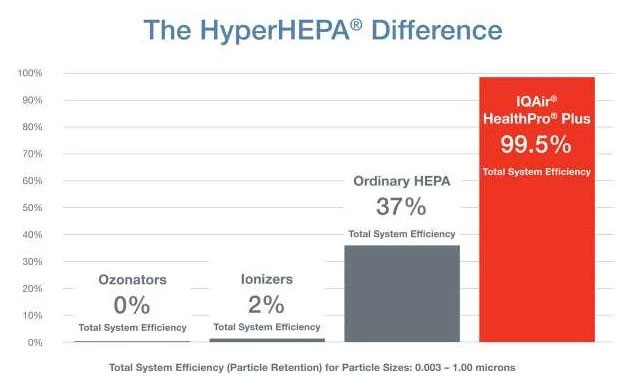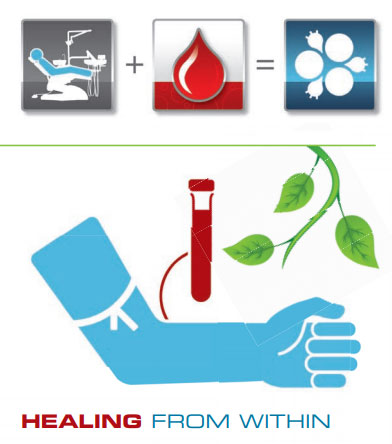How Patients Benefit from Our Use Of Technology
Patients can begin to take advantage of our practice’s use of technology before they even enter the office by completing their patient registration forms directly from our website.
New patients may also find it helpful to watch the high-quality educational videos featured on our website. These videos help patients prepare for their consultation and give them a better understanding of possible treatment options.
We can also use imaging technology for patient education purposes. The lifelike images help us to provide more relevant information about the purpose of the procedure and the techniques that we plan to use. We can give you a three-dimensional depiction of the anticipated results, as well.
Of course, more precise surgical technology also typically results in a faster, more predictable healing process. This is yet another way that our patients benefit from our practice’s dedication to technology.
Our Commitment to Incorporating Technology into Our Practice
We recognize that imaging and surgical technology are constantly evolving, and we strive to be aware of any new advances that might be beneficial to our patients and improve treatment outcomes.
Dr. Ibanez achieves this goal by working closely with our vendors and taking advantage of all relevant continuing education opportunities. We are diligent about staying updated on technological advances that can further enhance our care and our patients’ experiences.



